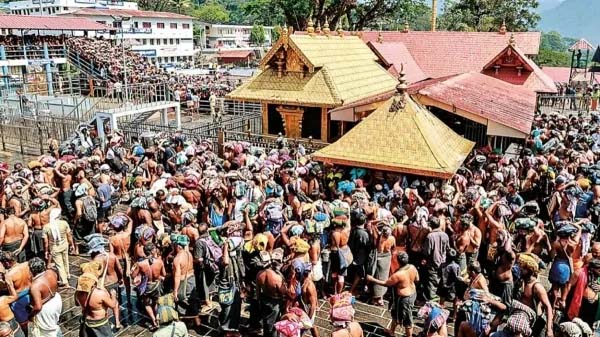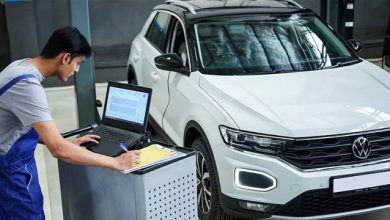Ayyappan Yatra.. What is garland wearing, kettu filling, hood jumping, highway route?

Kerala: Pilgrims are flocking to Sabarimala to have darshan of Ayyappan. As everyone steps forward to have darshan of Ayyappan, devotees can be seen fasting to have darshan of Ayyappan everywhere in the states and countries where Tamils reside. The visit to Sabarimala Ayyappan temple is not just a visit to a place of worship and then returning. The prevalent practice is that darshan of Ayyappan should be done only when one has converted his life to a form of ‘penance’ after observing a formal fast. The Sabarimala website of the Kerala state government describes this in detail. The key features included are:
The pilgrimage to Sabarimala is a test of emotions. Devotees have to live a simple life till evening, Malai Saviti, and return. This is known as ‘Vratam’, the fast begins when a devotee puts on a garland. The mala is worn to express the desire to visit the mountains and have darshan of the Lord. It is called Malaidal. It is customary for devotees to wear Tulsi mala. It has a ‘locket’ engraved with the image of Ayyappa. If the mala is worn, the devotee should be free from worldly pleasures and lead a simple life. When should the mala be worn?: After performing the puja, the priest or Guruswami of any temple will put the garland on the devotee. Those who have made the pilgrimage to the holy mountain eighteen times and had darshan of Swami Ayyappan are known as Guruswamis. The mala can be worn in the worship room of the devotees. The mala can be removed after returning from trekking.
Mandaala Vrat: A Mandala is of 41 days. Mandala Vrat is the fast that devotees observe during these days. During Mandala Vrat, devotees lead a simple life. If the mala is worn, it means that the fast has begun. It is customary to wear the mala on Saturday or on Uttara Nannal, the birth star of Swami Ayyappan.
What is the purpose of wearing garlands?: Mandala fasting is done to maintain discipline in life, create enthusiasm and lead a healthy life. Self-restraint is also an important purpose What not to do?: It is customary to wear black clothes during fasting days. Black color signifies a state of freedom from worldly pleasures. Cutting hair, shaving face, cutting nails etc. should be avoided during this time. Bad habits like smoking and drinking alcohol should be given up. Devotees should also remain free from household pleasures.
Kettu Nairathan (Irumudi): Ketu Nairathan (Kattu Nairathan) is to fill the material required for Sabarimala pilgrimage and worship in a cloth bag. This is called ‘Irumudi Ketu’. Abhishekam will take place in the presence of Guruswami. Only those devotees are allowed to climb the sacred eighteen steps to have darshan of the Lord who wear two knots on their heads. Those who do not have Irumudiketha go to Ayyappanai Tarshikalam through another route.
What is Irumudi tying?: Cow ghee is poured into the coconut after the preliminary worship. First, the coconut is cleaned by removing the sago from it; the coconut water is drained through a small hole. Doing so is believed to symbolize driving out the worldly pleasures from the soul and fulfilling spiritual thoughts. Thus the ghee-filled coconut for Ayyappan is known as ‘Neethengkai’.
What are the objects?: The front part of the two-part Irumudiket is filled with Neethenga and objects of worship of Ayyappa and other deities. Then tie it firmly with thread. This area of the Irumudiket is spiritually powerful. The coconuts that are to be broken here and there in the temple premises are stuffed into the next part of the Peta Thulam: Haata Thulam is a ritual. The hood-jumping game is played to commemorate the victory of Lord Ayyappan over the demon Mahishi. It is also held to mark the beginning of the Sabarimala pilgrimage season.





